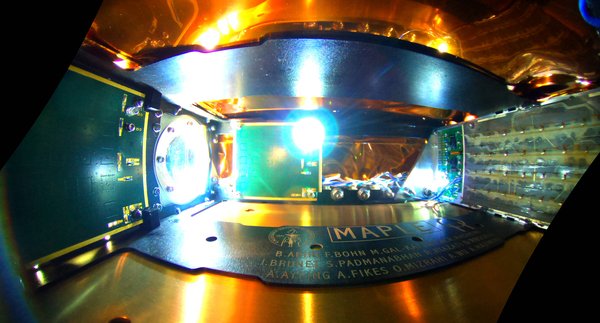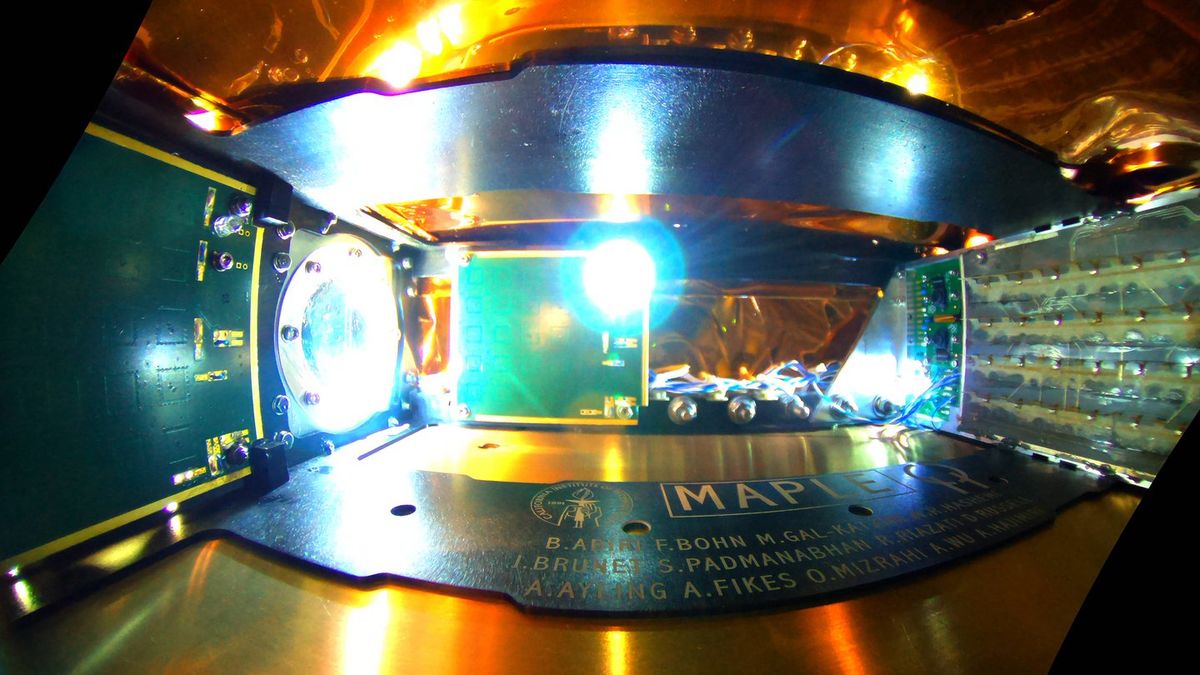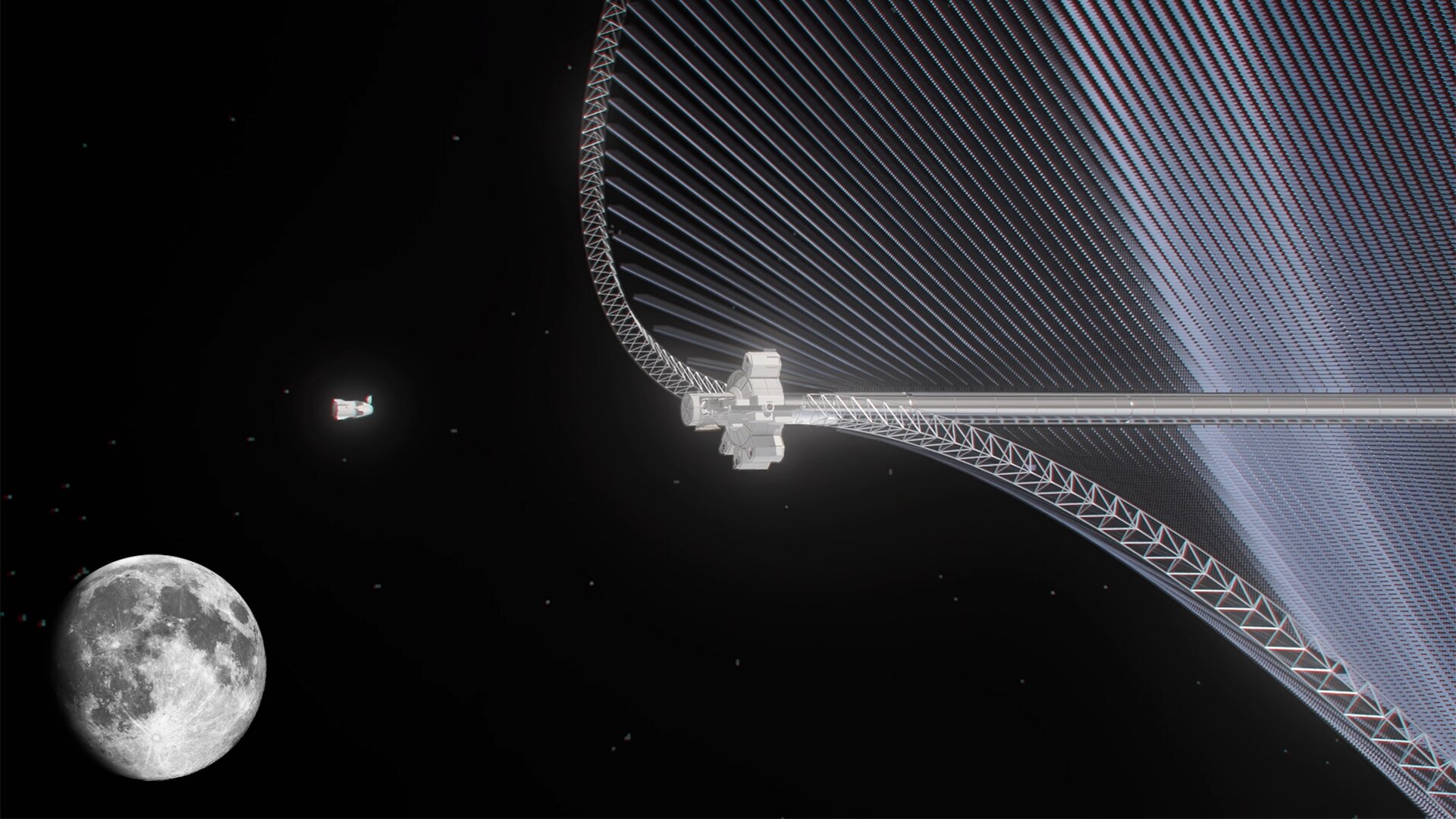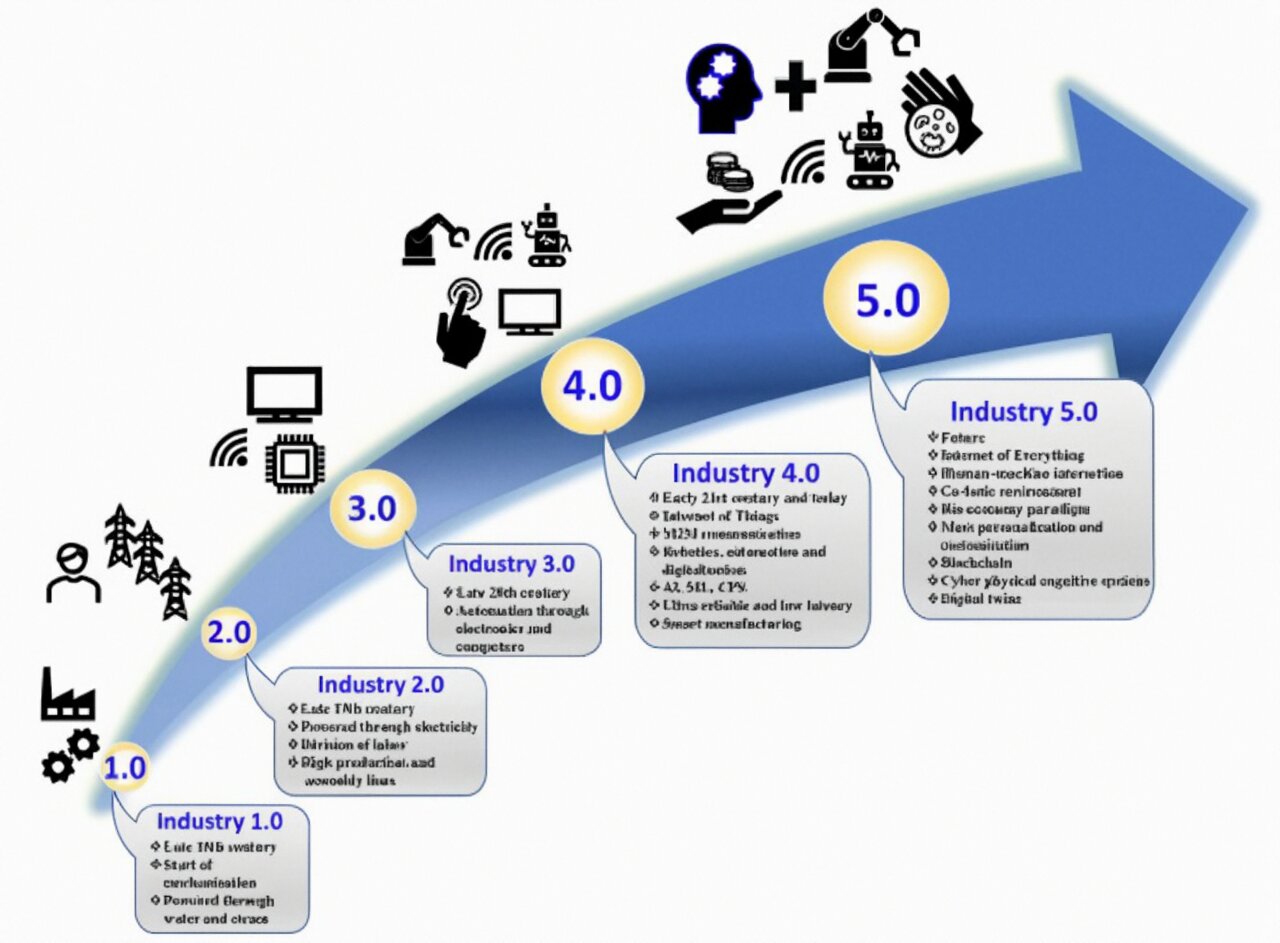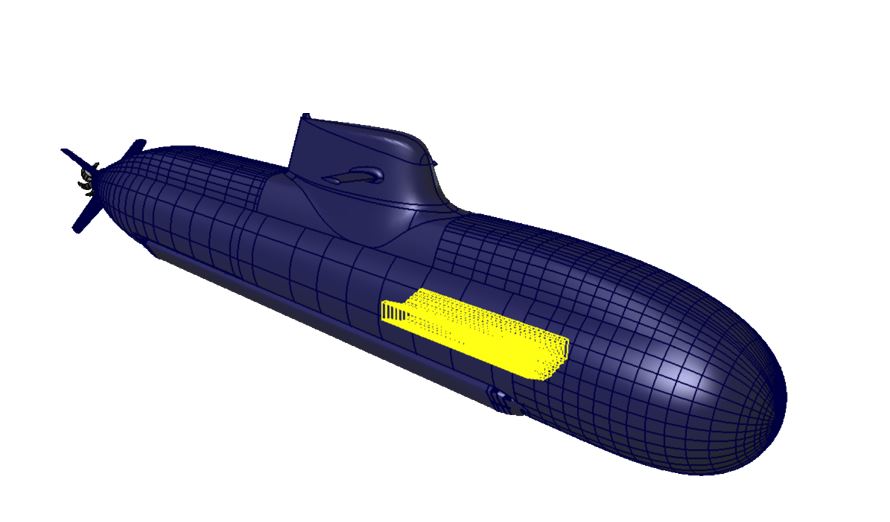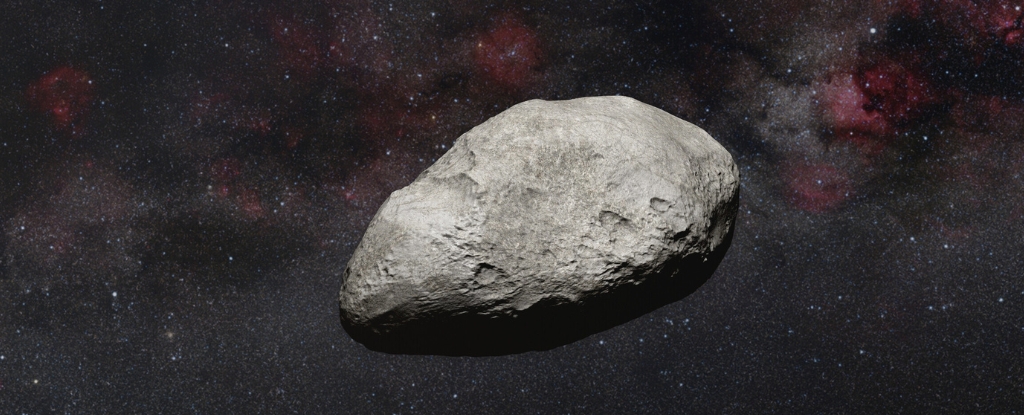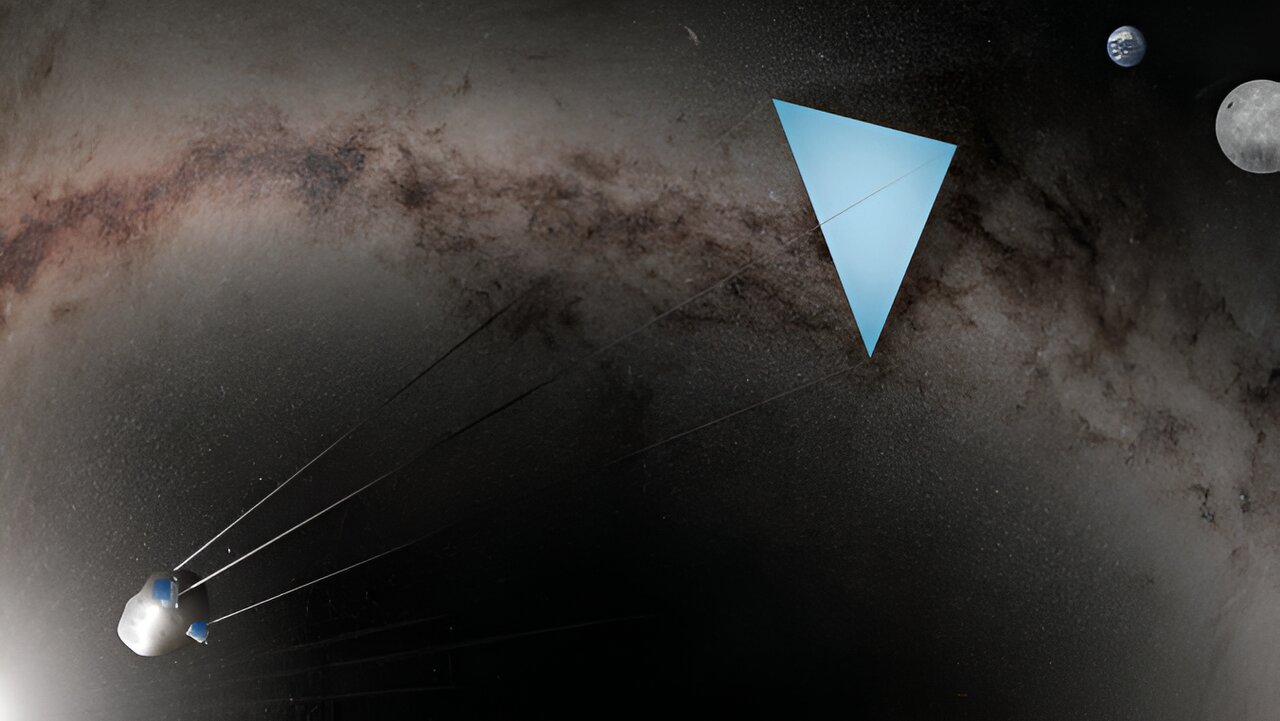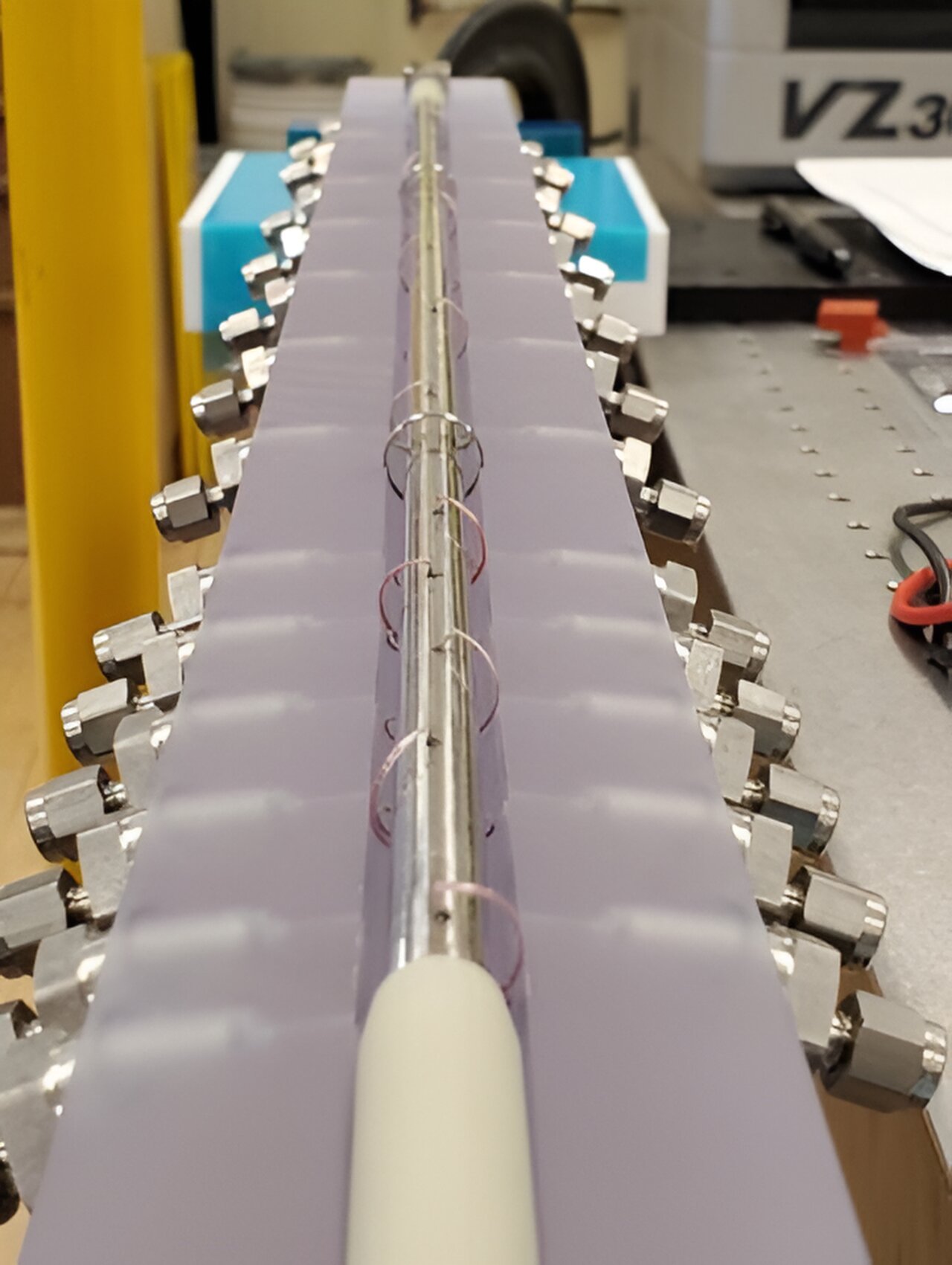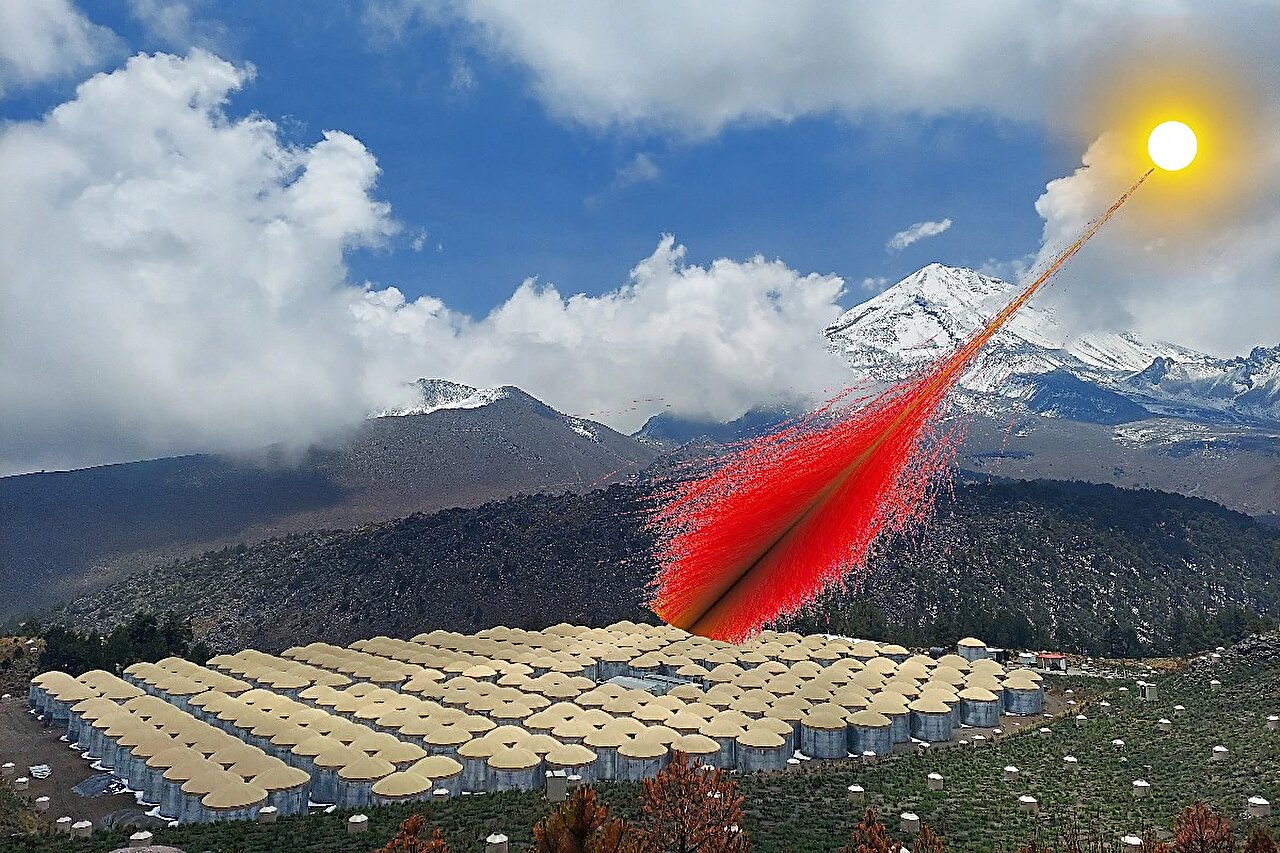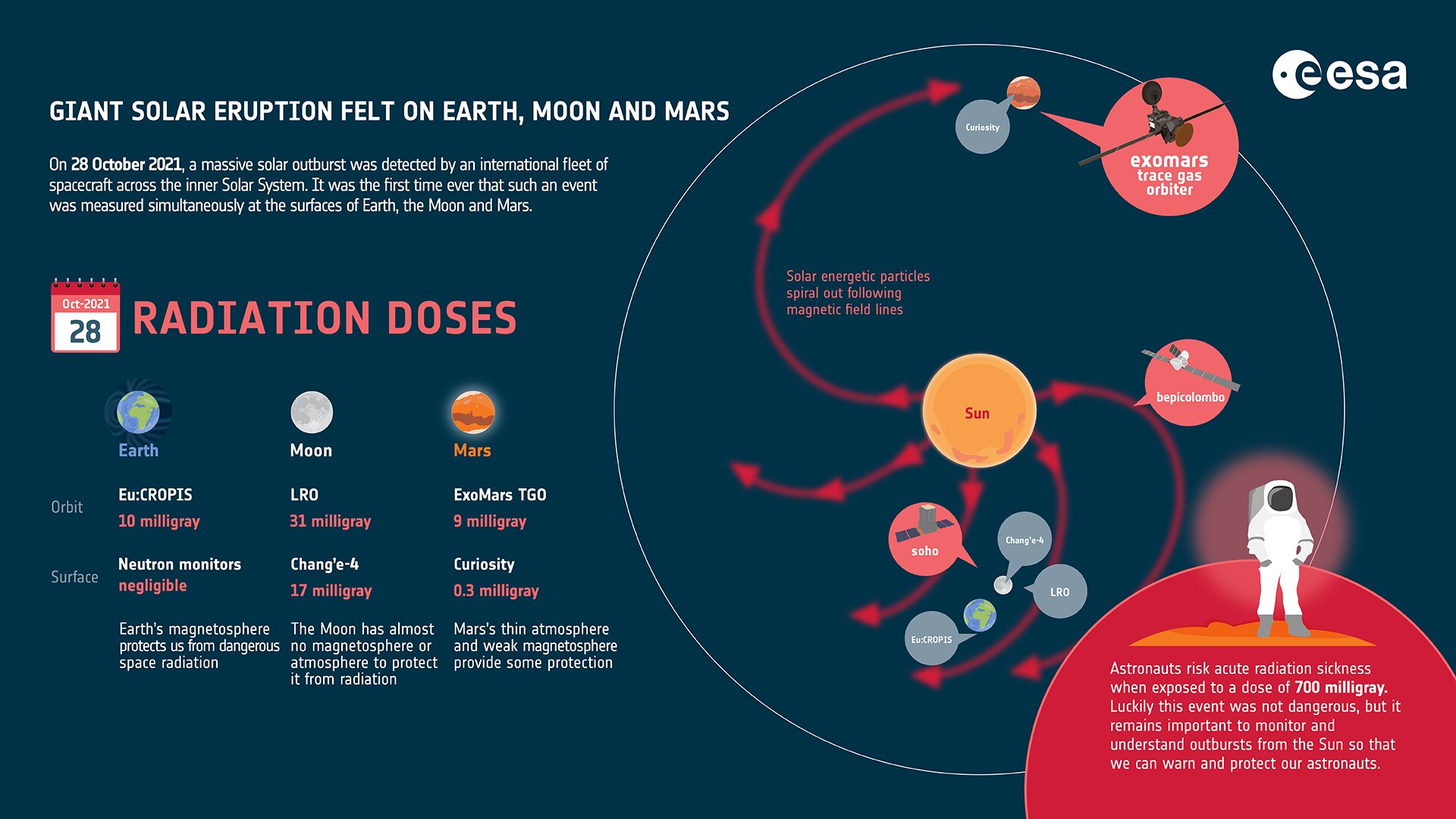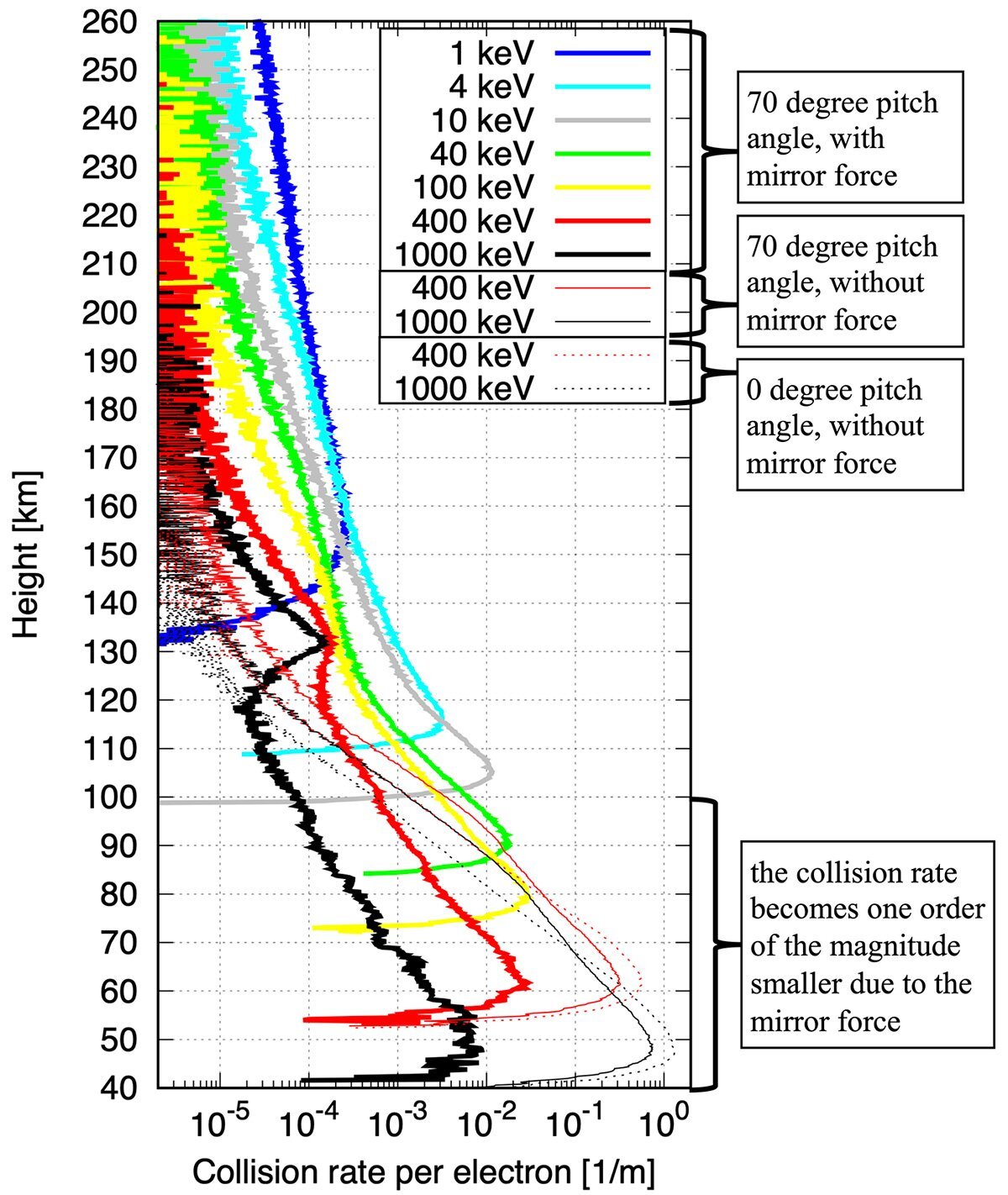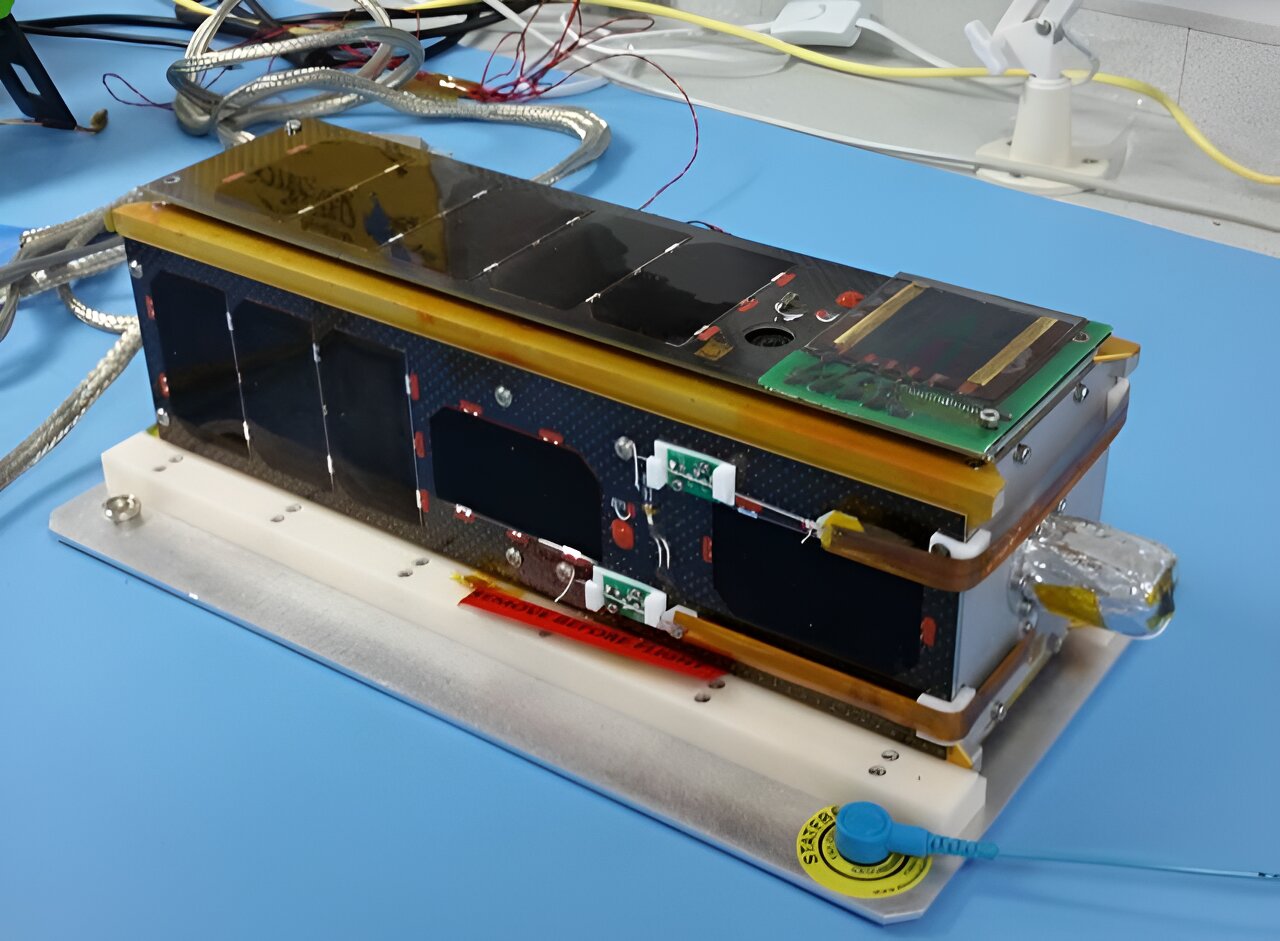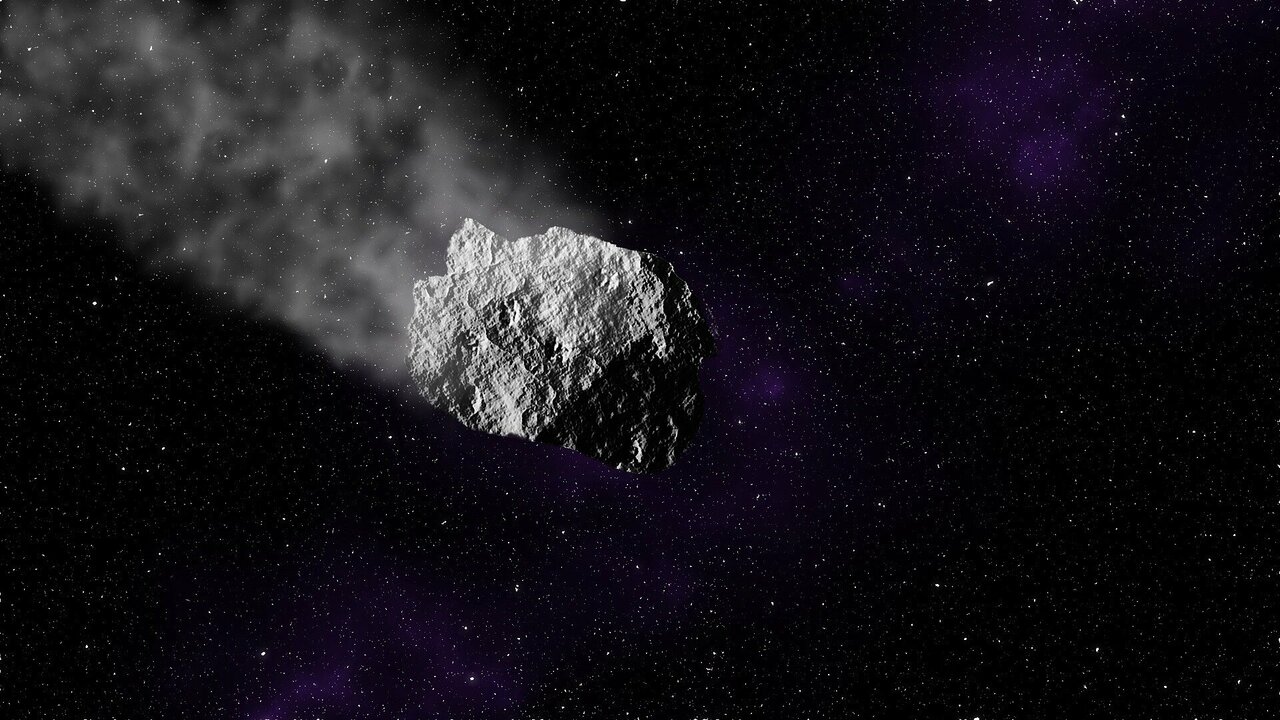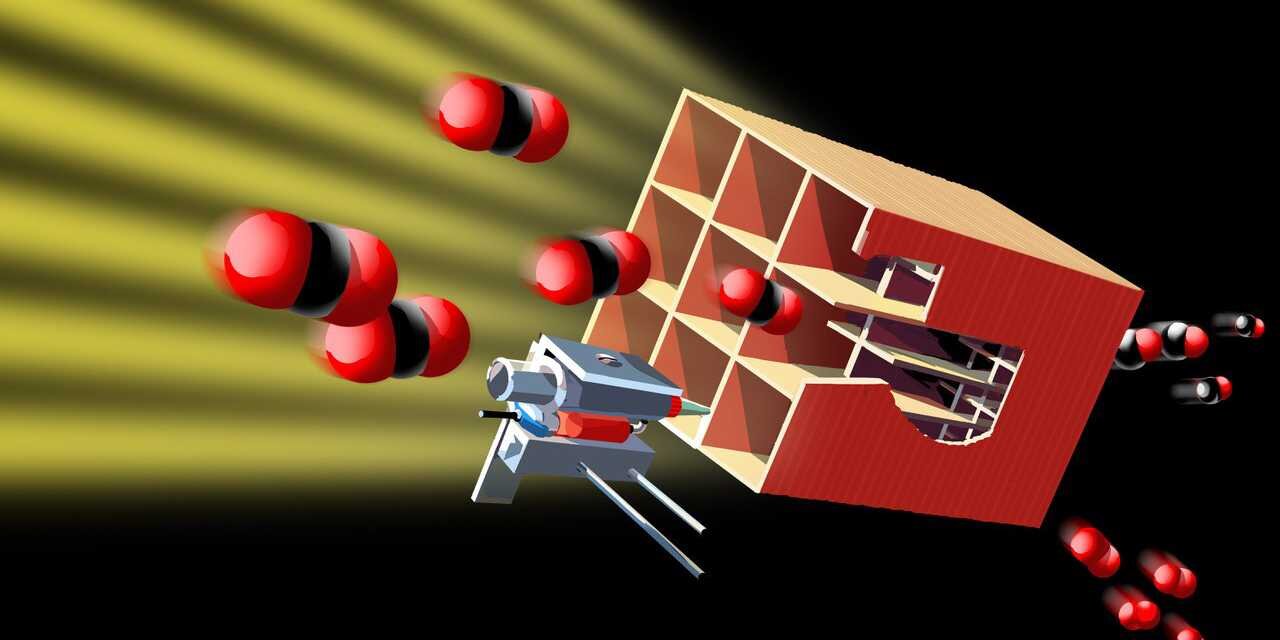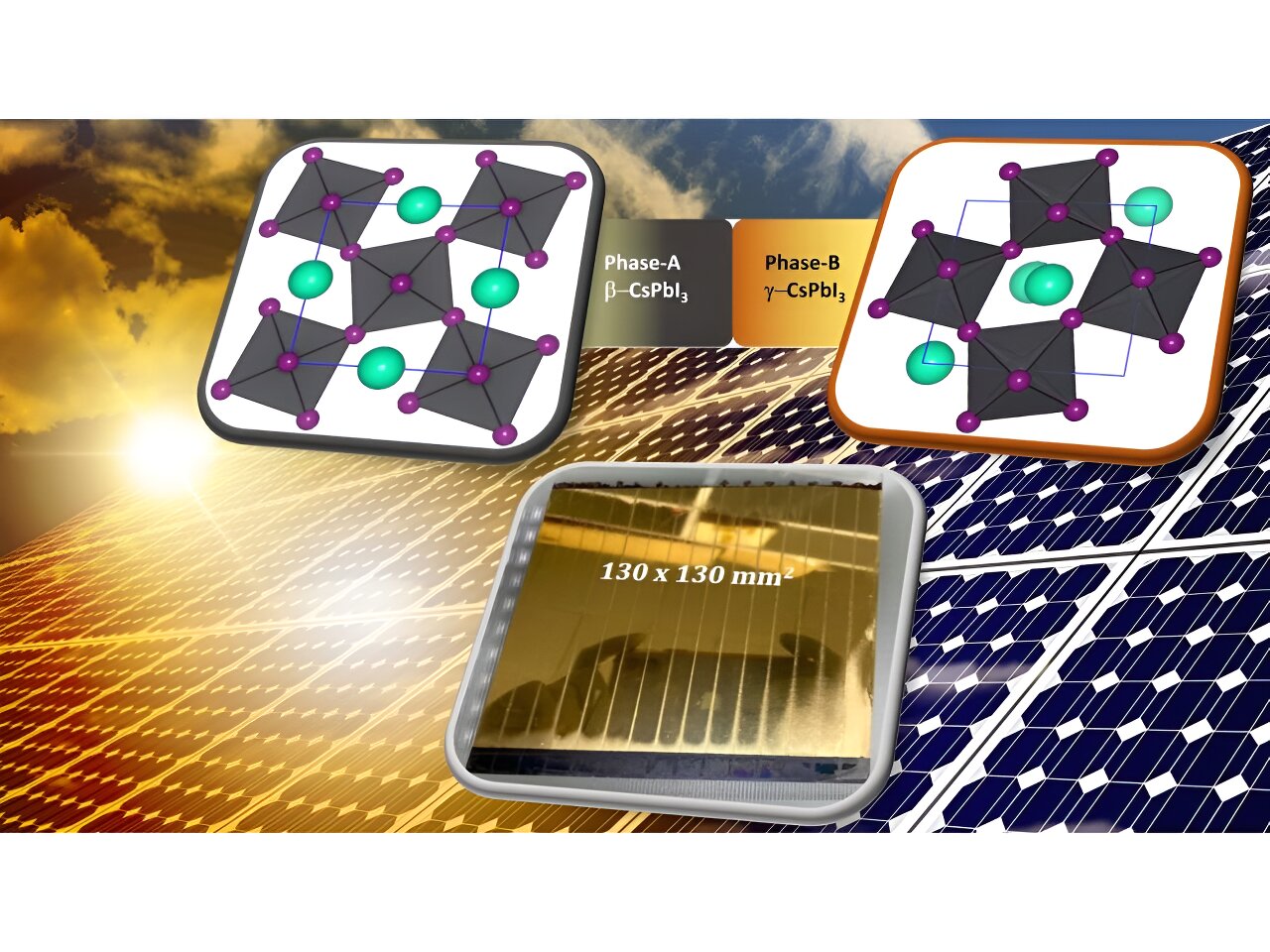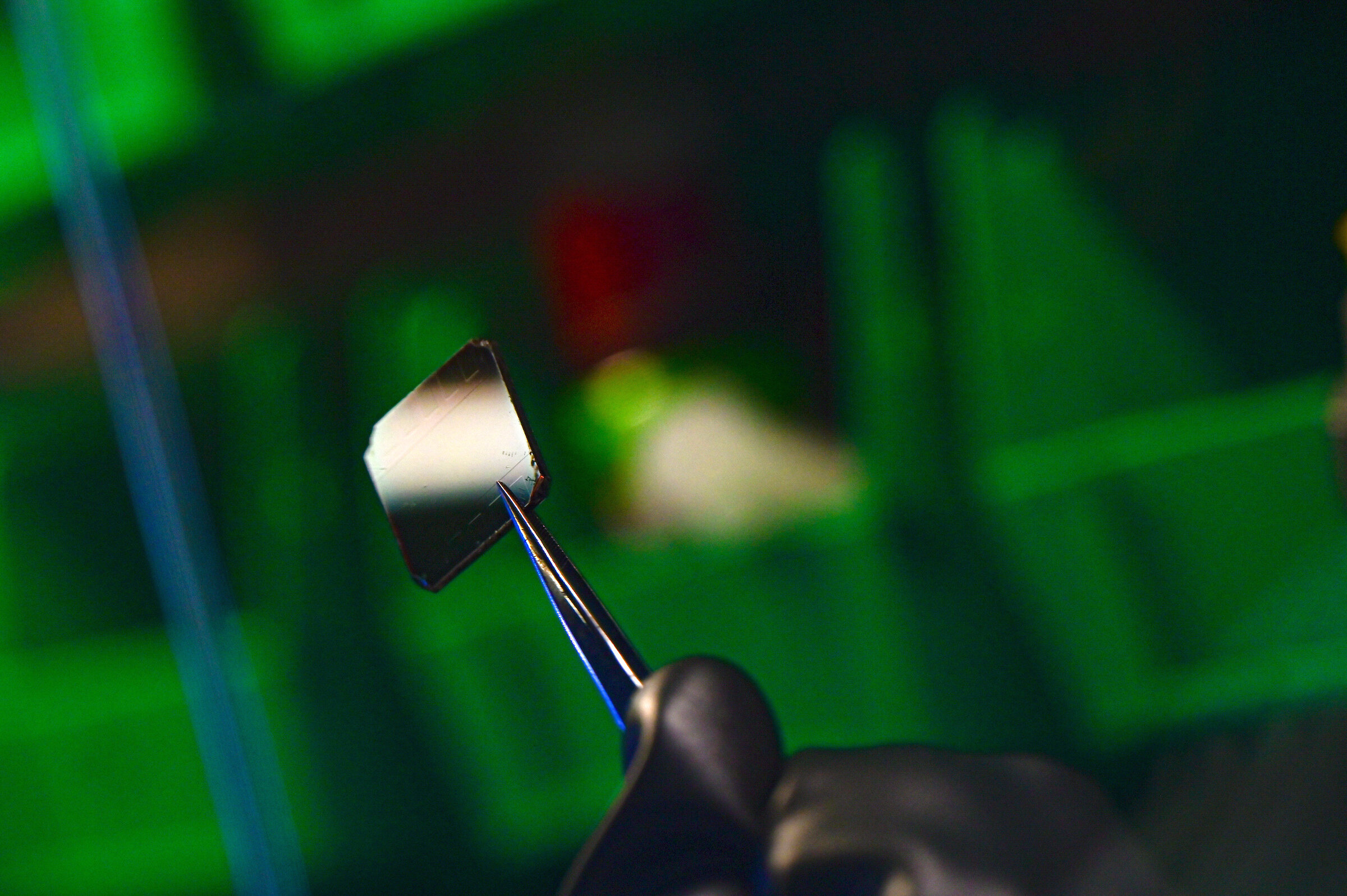I just want to rebound on this because there is a sociological aspect that is too often sidelined: space financial dividends and capitalism isn't something that is safeguarded by present industrial powers.
It is often understood, especially In the "West", that Space development is something where Western powers enjoy long term initiative, only concurrenced by a lagging China (see what happened to European technical capital that was wasted by a generation of lazy professionals). Fact is that a throughful analysis of what is ahead of us would show that this is probably not the case.
When free entrepreneurship Space will start its long planned endeavors to put professionals in space to produce, prospect, mine and manufacture products, the high rate of casualties, low social and legal status or benefits will tend to attract a majority of non-westerners that are more in a situation to cope with such challenge: high birth rate (I mean there a large amount of young professionals available on the job market willing to take risks for a lower pay), mass education, low economical prospects on earth (thinking that African and Middle Eastern youth will still dies en-masses trying to reach the safe heaven of Europe is an illusion).
Then capital development has always played the same partition: among those that survive the ordeal being sent on dangerous missions across space, there will be those who thrives and prosper, getting more experienced than the lot and tearing benefits from the hard learned knowledge to growth a capital and become major players.
I have already written how the first nation to harvest a 100000lb gold from a meteor (or any other high value minerals) will change the face of financial power on earth for ever, ending the equilibrium that has prevailed since colonialism. In the light of those assumptions, that nation may well be a third world country.
It is fundamental that this aspect prevails in long term planing. Not as a political ordeal, but as a variable when projections are made. Unregulated Space could eradicate the paradigm of low cost long term loans to entrepreneurs pushing them for a higher rate, short term RoI.
In essence, without a segregated financial system (I have suggested a Lunar safe haven regarding taxation), space industry will face a phase where massification will be detrimental to sciences and exploration and imparts chaos on its birthing planet economy and biosphere (Earth).

 asia.nikkei.com
asia.nikkei.com


